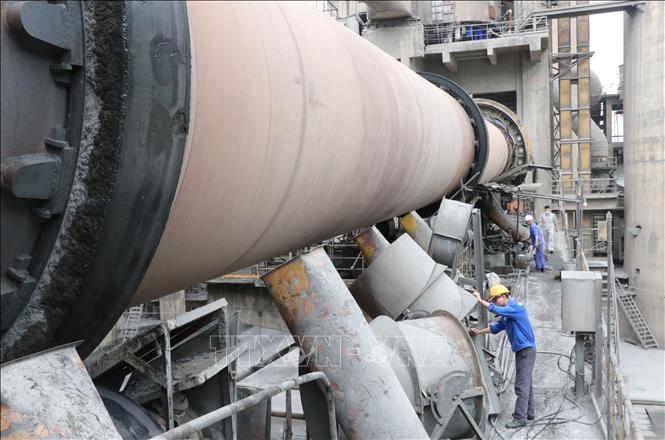
Thus, Circular No. 44/2011/TT-BTNMT issued on December 26, 2011 by the Ministry of Natural Resources and Environment (old) promulgating national technical regulations on co-treatment of hazardous waste in cement kilns (QCVN 41:2011/BTNMT) will cease to be effective from the effective date of Circular 44, except for some cases.
Specifically, facilities that have been put into operation, investment projects in progress (including investment projects that have had decisions approving the results of environmental impact assessment reports or have had their complete and valid dossiers received by competent state agencies requesting environmental impact assessment reports and environmental licenses before the effective date of this Circular) that have co-processing activities in cement kilns shall continue to apply the technical regulations, operating procedures and monitoring regulations specified in the National Technical Regulation on co-processing of hazardous waste in cement kilns (QCVN 41:2011/BTNMT) until December 31, 2031.
Or the facility has been put into operation, the investment project is being implemented as prescribed in Clause 1 of this Article, the allowable limit values of pollution parameters in the exhaust gas of the cement kiln co-processing waste according to the provisions of Circular No. 45/2024/TT-BTNMT issued on December 30, 2024 of the Minister of Natural Resources and Environment (old) promulgating the National Technical Regulation on industrial emissions.
Regarding the implementation roadmap, the Ministry of Agriculture and Environment stated that from the effective date of this Circular, investment projects (including new investment projects, investment projects expanding scale, increasing capacity, submitting application dossiers for appraisal of environmental impact assessment reports, and granting environmental licenses after the effective date of this Circular) must apply the provisions of QCVN 41:2025/BNNMT.
From January 1, 2032, the subjects specified in Clause 1, Article 3 of this Circular must also meet the requirements specified in QCVN 41:2025/BNNMT. At the same time, the Ministry also encourages facilities that have come into operation and investment projects that are being implemented to apply the provisions in QCVN 41:2025/BNNMT from the effective date of this Circular.
In the process of implementing this Circular, if any problems arise, agencies, organizations and individuals shall promptly report in writing to the Ministry of Agriculture and Environment for consideration and resolution.
This regulation specifies technical requirements for co-processing of waste in cement kilns; applicable to state agencies, organizations and individuals involved in co-processing of waste in cement kilns.
Technical requirements for cement kilns with waste co-treatment activities specifically stipulate that cement kilns with waste co-treatment activities must be dry-method rotary kilns or cement kilns with waste co-treatment activities must have a pressure lower than the external pressure (also known as negative pressure) to limit exhaust gas from the cement kiln from escaping into the environment through the waste inlet into the cement kiln.
Cement kilns that co-treat waste must have an exhaust gas treatment system that ensures the treatment of toxic pollution parameters generated from waste co-treatment activities. Outside air must not be mixed in to dilute the exhaust gas from the outlet of the exhaust gas treatment system.
Requirements for waste loaded into cement kilns: The following types of waste must not be loaded into cement kilns (radioactive waste; broken, damaged, used equipment containing mercury - waste code 13 03 02; waste fluorescent lamps - waste code 16 01 06; infectious medical waste - waste code 13 01 01).
In addition, the type, size, volume of waste, and location when loaded for co-processing must be suitable for the technology and not affect the normal operation of the cement kiln, product quality, and exhaust gas treatment. The storage, pre-treatment, and loading areas of waste from cement kilns must have equipment and measures to collect, treat, or prevent odors from spreading.
In addition to the general loading procedures of cement production, the loading of waste into the co-processor must comply with the following specific requirements: Hazardous waste must not be loaded when the kiln is still in drying mode during start-up or the loading level is below 75% of the stable operating level; Volatile organic waste must not be loaded or introduced into the heat exchange tower.
Hazardous waste containing organic halogen components with the symbol "NH" (belonging to the List of hazardous waste, controlled industrial waste and common industrial solid waste issued with Circular No. 02/2022/TT-BTNMT of the Ministry of Natural Resources and Environment (old) detailing the implementation of a number of articles of the Law on Environmental Protection) must be loaded into the main burner area at the end of the furnace.
In case of emergency kiln shutdown, waste loading must be stopped immediately before stopping traditional raw materials and fuel loading, and the kiln shutdown procedure must be strictly followed.
In case of scheduled kiln shutdown, waste loading must be stopped at least 2 hours before the kiln shutdown, switched to using traditional fuels and materials and carried out kiln shutdown steps; there must be a cement kiln operation log and minimum contents recorded according to the operating shift (time and name of operator; type and volume of waste loaded). The operation log must be written in Vietnamese and must be kept for at least 2 years.
The area where the cement kiln is installed for co-treatment of waste must have information on the design capacity of the cement kiln, the type of waste (hazardous waste/general industrial solid waste/domestic solid waste) to be co-treated; a summary of the operating procedure of the cement kiln when co-treating waste.
The allowable limit values of pollution parameters in the exhaust gas of cement kilns co-processing waste must meet the requirements specified in QCVN 19:2024/BTNMT - National technical regulation on industrial emissions (issued with Circular No. 45/2024/TT-BTNMT of the former Ministry of Natural Resources and Environment promulgating the National technical regulation on industrial emissions); QCVN 41:2025/BNNMT.
The performance of waste co-treatment in cement kilns is assessed through emission monitoring results; the frequency of cement kiln emission monitoring is carried out according to the provisions of law.
Cement kilns with waste co-treatment activities may only be put into operation after the project or facility has been granted an environmental license in accordance with the provisions of law on environmental protection.
Source: https://doanhnghiepvn.vn/cong-nghe/chuan-hoa-ky-thuat-quoc-gia-ve-dong-xu-ly-chat-thai-trong-lo-nung-xi-mang/20250808072600314








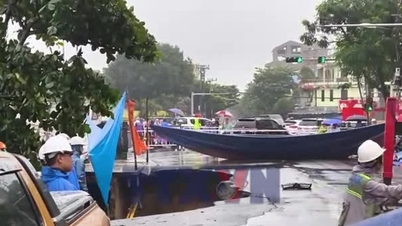

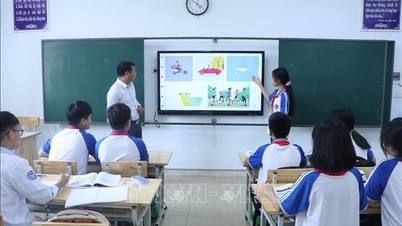

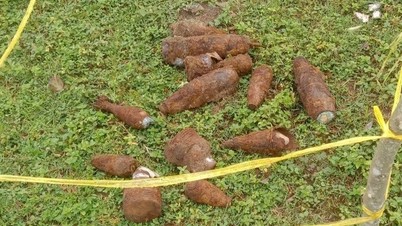



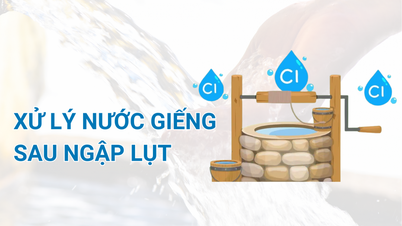












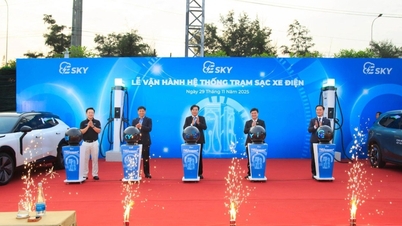





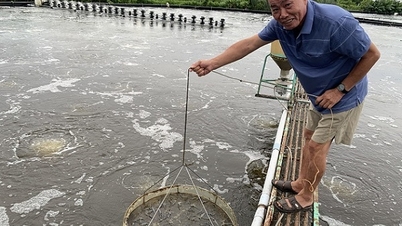
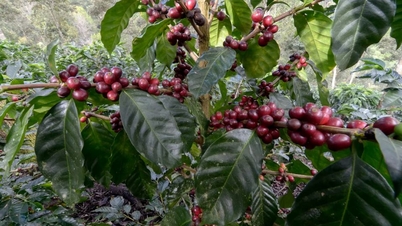
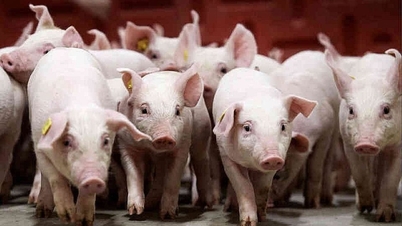
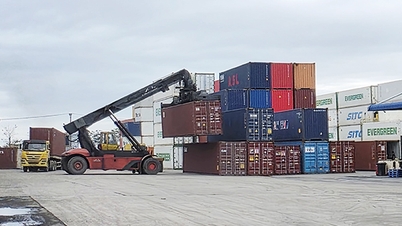

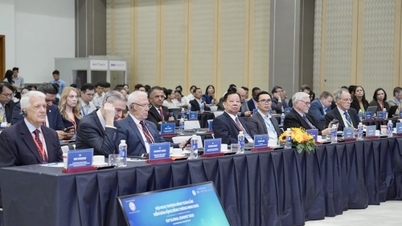
![[Photo] Worshiping the Tuyet Son statue - a nearly 400-year-old treasure at Keo Pagoda](/_next/image?url=https%3A%2F%2Fvphoto.vietnam.vn%2Fthumb%2F1200x675%2Fvietnam%2Fresource%2FIMAGE%2F2025%2F12%2F02%2F1764679323086_ndo_br_tempimageomw0hi-4884-jpg.webp&w=3840&q=75)
![[Photo] Parade to celebrate the 50th anniversary of Laos' National Day](/_next/image?url=https%3A%2F%2Fvphoto.vietnam.vn%2Fthumb%2F1200x675%2Fvietnam%2Fresource%2FIMAGE%2F2025%2F12%2F02%2F1764691918289_ndo_br_0-jpg.webp&w=3840&q=75)
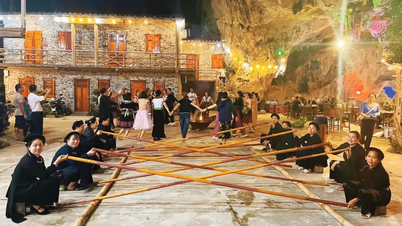














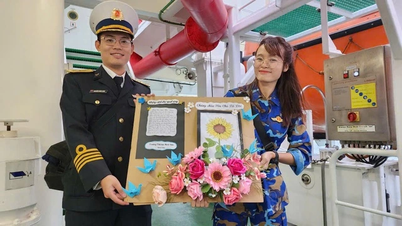


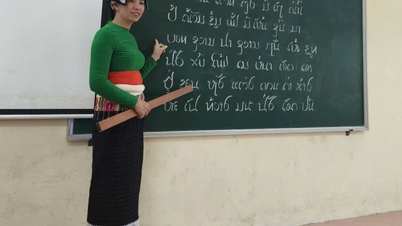

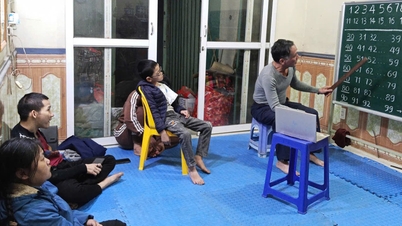
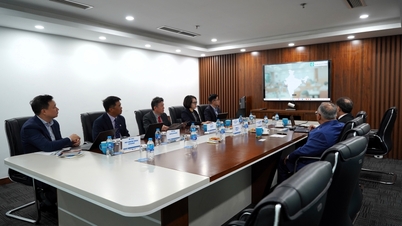
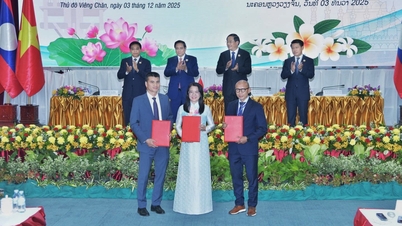


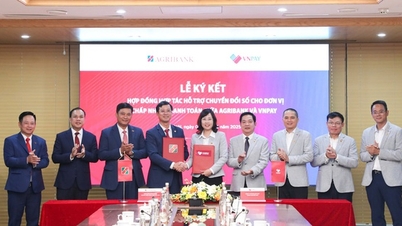



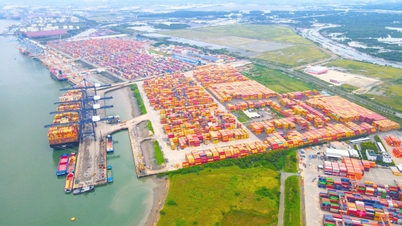




















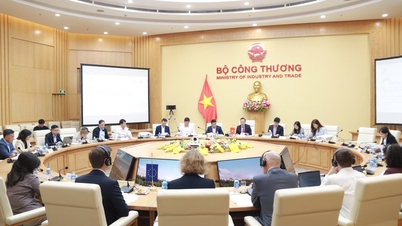
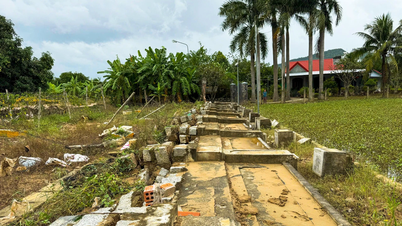

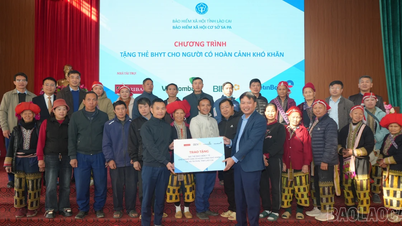

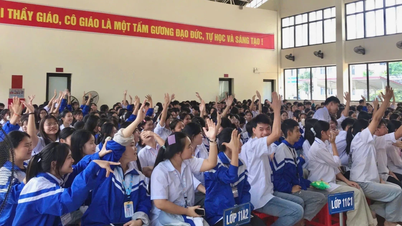




















Comment (0)